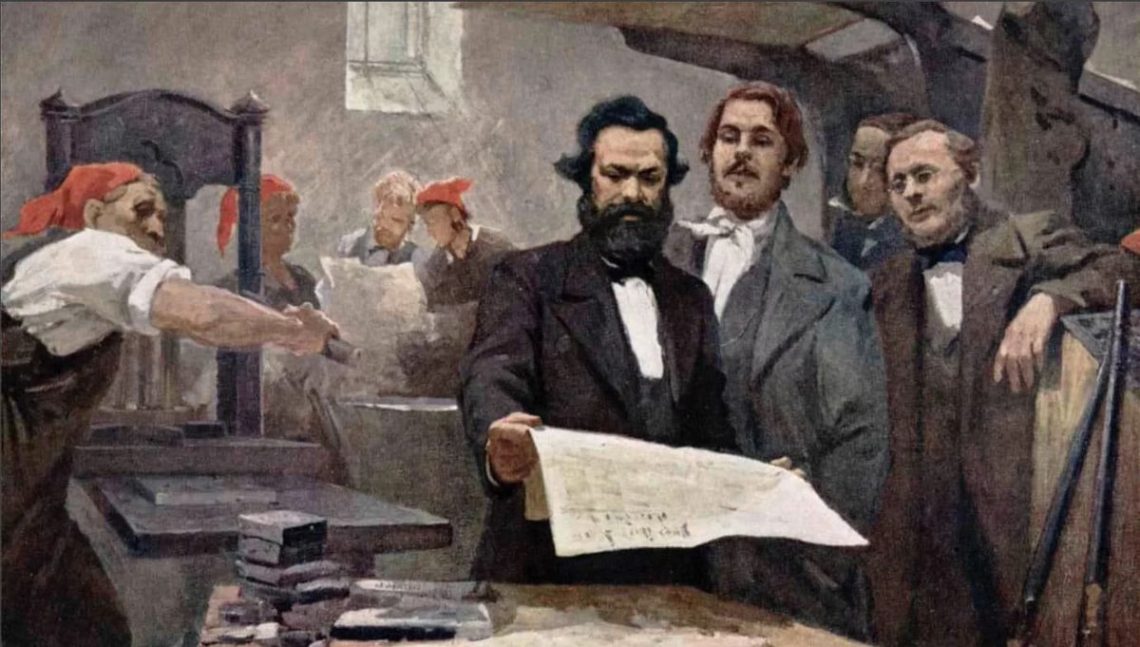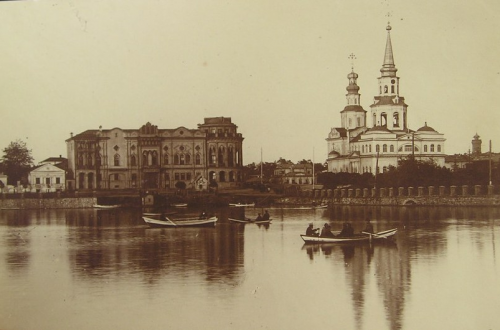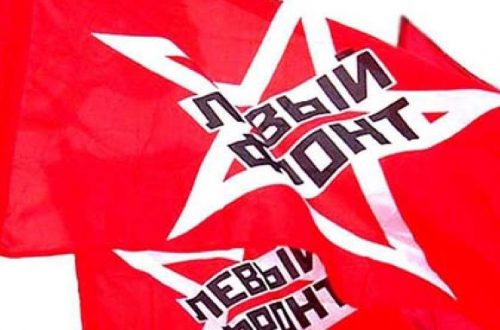
Conference «Ethnography, Folklore, and Nineteenth-Century Print Culture» (Munich, June 23-24, 2022)
Around the turn of the nineteenth century, economic, social, political, and technological transformations in many areas of Europe stimulated interest in studying modernizing societies. At the same time, the advent of market-oriented publishing, which was associated with the rise of new print and communication technologies, the easing of censorship, and the creation of new reading audiences, made the observation and discussion of social realities a public matter. Printed goods became widely available, opening avenues for the profusion of documentary-ethnographic representations of the socio-cultural universe. Newspapers, illustrated magazines, books, (popular) encyclopedias, and various forms of visual media acted as drivers of the consolidation and dissemination of verbal and visual forms, which tracked changes in everyday practices, clothing habits, modes of transport and production, social roles, and urban and rural infrastructures. With their descriptive techniques, the creators of such literary, journalistic, and pictorial representations of the social world approached the concerns and methodologies of the professionalizing fields of ethnography and folklore.
Emanating from the ERC research project Dissecting Society. Nineteenth-Century Sociographic Journalism and the Formation of Ethnographic and Sociological Knowledge, this conference explores the connections between the proliferation of print products and an increased public and academic interest in social expressions and dynamics throughout the nineteenth century. Apart from looking at the particularities of journalistic, literary, and pictorial representations of human appearances, behaviors, and environments, it considers the interdependencies between “popular” and “scholarly” forms of social observation, which became institutionalized in the disciplines of socio-cultural anthropology, folklore studies, and sociology by the end of the century. The conference aims to bring together researchers from any field who (re-)construct tales of the history of social study connecting with the print revolution and emergence of a public fascinated with the art of observation. Consequently, it intends to reveal alternative contexts and strands of early ethnographic knowledge production and provide perspectives for a history of social knowledge beyond disciplinary, national, and genre-related methodologies.
The conference will be held on the 23rd and 24th of June 2022 at the Institute of European Ethnology and Cultural Analysis at Ludwig Maximilian University, Munich. Comprised by 20-minute presentations integrated into panels, it will provide an opportunity to exchange ideas, advance work in progress, and nourish new collaborations.We encourage the submission of papers, especially of those sharing work in progress.
Topics covered may include:
— The interdependencies between journalistic, literary, and artistic rhetorics and techniques of social observation and ethnographic/folkloristic/(micro-)sociological study. How can we evaluate the position of nineteenth-century print culture between “academic” and “popular” social knowledge production? Did realist or journalistic-investigative narratives and their ways of selection and classification act as models for scholarly accounts of human realities and vice versa? How did social researchers draw on and integrate literary and pictorial material in their scholarly works? How did public-oriented writers and caricaturists adopt “scientific” modes of depicting social realities?
— The role of visual codes and schemes. Which functions did visual forms, such as caricatures, vignettes, and illustrations that became widespread in illustrated periodicals and other kinds of visual media, have in the formation and depiction of social realities in both public and scholarly discourse? How did pictorial representations and visual narratives, e.g., of social types, circulate between “popular” printed goods and scholarly genres?
— The art of social observation as a topic in nineteenth-century print culture. How did the actors (creators and enablers) of ethnographic/(micro-)sociological literary, journalistic, artistic, and scholarly forms of social representation reflect on their methods of observation and representation? To which traditions of social observation do they refer to (eighteenth-century moralistic writing, caricature, travel writing, ethnography, criminology, etc.)?
— Reception and public effect. Who were the (intended) publics of the diverse ethnographic/(micro-)sociological genres divulged in periodicals, magazines, and books? What pedagogical effects did they have, both planned and unintended? Which aspects of the social world were (deemed) particularly important or relevant to different audiences, for example, women, the working classes, the middle classes, etc.? In what ways did depictions of social inequities affect recipients’ consciousness as social beings and lead to political mobilization?
— Actors and networks of knowledge between journalism, literature, art, science, and politics. How can we describe the entanglements between “public”-oriented creators of literary, journalistic, and pictorial representations of the social world and “scholarly” networks? What were the self-understandings of journalists, editors, and writers who applied ethnographic strategies of representations with regard to “academic” communities and vice-versa? What was the role of journalistic investigations of poverty in the formation of the social sciences?
— The remake of disciplinary histories. In what ways may journalists, prose writers, and caricaturists be regarded as promotors of social knowledge production and dissemination? What does a focus on nineteenth-century print culture mean concerning disciplinary historiographies of sociology, cultural anthropology, and folklore studies/Volkskunde? How does it transform classical “scholarly” accounts of disciplinary questions, materials, actors, and institutions? How does it question disciplinary borders and boundaries between “scholarly” and “public” research?
We ask for proposals for conference contributions (15-20 minutes) in the form of an abstract (max. 2500 characters) and a short CV (max. 1000 characters), in which the relation to the conference topic is explained, and the concrete research from which the contribution is derived is outlined. Accommodation costs will be covered for participants who present a paper.
Please send questions and submissions by September 30, 2021, to Christiane Schwab (c.schwab@ekwee.uni-muenchen.de)





